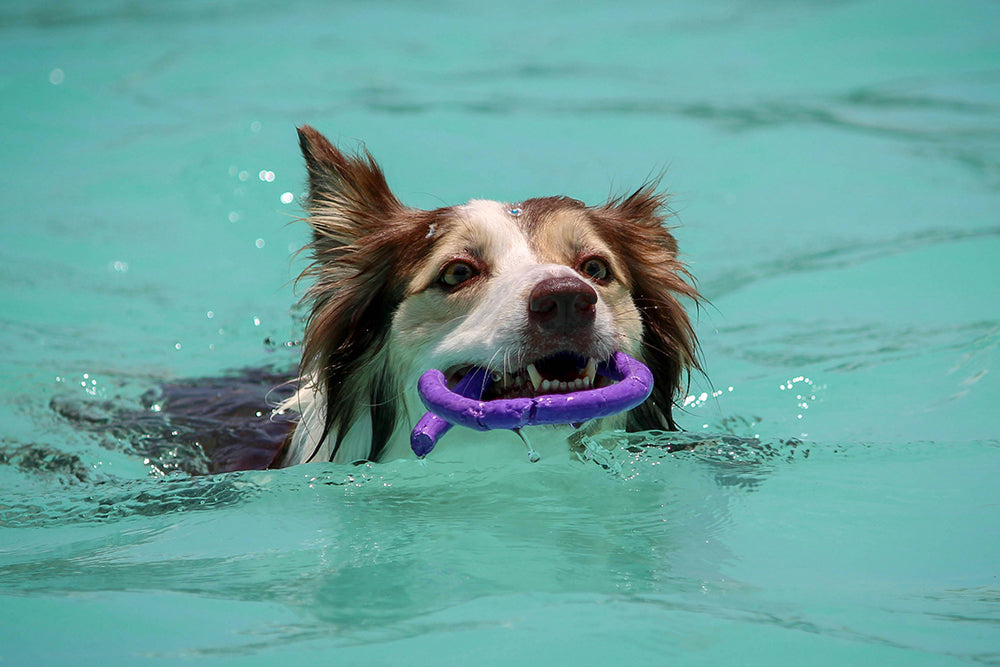Every dog needs exercise to stay healthy, but the amount can vary greatly depending on their age, breed, and overall health. Here's a guide to help you determine the right amount of exercise for your furry friend.
Understanding Your Dog's Exercise Needs
-
Age Matters:
-
Puppies: Young dogs are full of energy and need plenty of playtime. Short, frequent bursts of activity are best, as their developing bodies can’t handle long periods of exercise.
-
Adult Dogs: Most adult dogs require at least 30 minutes to 2 hours of exercise daily. This can include walks, playtime, and activities like fetch or agility training.
-
Senior Dogs: Older dogs might slow down, but they still need regular exercise to keep their joints healthy and manage their weight. Gentle walks and low-impact activities are ideal.
-
Breed Considerations:
-
High-Energy Breeds: Dogs like Border Collies, Siberian Huskies, and Jack Russell Terriers need lots of exercise to burn off their energy and stay happy.
-
Moderate-Energy Breeds: Breeds like Bulldogs, Basset Hounds, and Shih Tzus have lower exercise requirements. Short daily walks and playtime are usually sufficient.
-
Mixed Breeds: For mixed-breed dogs, consider their dominant breed characteristics to gauge their exercise needs.
-
Health and Fitness:
-
Health Conditions: Always consider your dog's health conditions. Dogs with arthritis, heart issues, or other medical conditions may need a tailored exercise plan. Consult your vet for advice.
-
Fitness Level: Start slow if your dog is not used to regular exercise. Gradually increase the duration and intensity to build their fitness safely.
Types of Exercise
- Walking: Daily walks are essential for all dogs. They provide mental stimulation and a chance to explore their environment.
- Playtime: Games like fetch, tug-of-war, and hide-and-seek are great for burning energy and strengthening your bond.
- Training: Incorporating training sessions into your exercise routine keeps your dog mentally and physically engaged.
- Socialization: Dog parks and playdates with other dogs can provide both exercise and social interaction.
Tips for a Successful Exercise Routine
- Consistency is Key: Stick to a regular schedule to help your dog develop good habits.
- Mix It Up: Variety keeps exercise fun and engaging. Try different activities to prevent boredom.
- Stay Safe: Always consider the weather and avoid exercising in extreme heat or cold. Keep your dog hydrated and watch for signs of overexertion.
By understanding your dog's unique exercise needs and incorporating a variety of activities, you can ensure they stay healthy, happy, and well-exercised.


